Dive into the fascinating world of bird spiders, often misunderstood creatures with surprising secrets. Uncover the truth about their venom, diet, and behavior, and learn why these gentle giants are more friend than foe.
The Goliath Birdeater: Gentle Giant or Aggressive Predator?
The name “bird spider” might conjure images of a feathered fiend’s worst nightmare, but the reality is far less intimidating. Often referring to the Goliath Birdeater (Theraphosa blondi), these spiders, while the largest in the world by mass, are surprisingly docile.
Let’s delve into the truth about these fascinating creatures, separating fact from fiction.
Are Bird Spiders Poisonous?
Yes, but not in the way you might think. Like all tarantulas, Goliath Birdeaters are venomous, meaning they inject venom through their fangs to subdue prey. However, their venom is relatively harmless to humans. While a bite from their large fangs (2–4 cm) can be painful, the effects are comparable to a wasp sting, causing localized pain, swelling, and possible itching.
Unraveling the Diet Myth
The name “bird spider” is actually a misnomer. Their diet primarily consists of:
- Insects: Crickets, grasshoppers, and other invertebrates.
- Small Vertebrates: Frogs, lizards, and occasionally snakes.
- Rodents: Rarely, they may prey on small rodents.
While Goliath Birdeaters are capable of capturing and consuming small birds, it’s not a regular occurrence. Explore the world of captivating creatures like the enchanting [beautiful butterflies](https://www.lolaapp.com/beautiful-butterflies).
Defense Mechanisms: More Bark Than Bite
Goliath Birdeaters are not aggressive and prefer to avoid confrontation. Their primary defense mechanisms include:
- Urticating Hairs: When threatened, they rub their abdomen, releasing irritating barbed hairs that cause itching and discomfort. Discover the intriguing [black giraffe](https://www.lolaapp.com/black-giraffe).
- Stridulation: They create a hissing sound by rubbing their legs and pedipalps together to warn off potential threats.
- Biting: This is a last resort, used only when they feel extremely threatened and have no other option.
Why Are They Called Bird Spiders?
The intriguing name “bird spider” is a testament to the power of an image. It originates from an 18th-century engraving by Maria Sibylla Merian, which depicted a tarantula consuming a hummingbird. This image, widely circulated, cemented the reputation of these spiders as bird-eaters. Marvel at the ethereal grace of the [blue sea dragon](https://www.lolaapp.com/blue-sea-dragon).
While Goliath Birdeaters can consume small birds, it’s not their primary food source. Their name, while captivating, doesn’t accurately reflect their diet or behavior.
Where Do Bird Spiders Live?
Goliath Birdeaters are found in the humid, dimly lit rainforests of northern South America, specifically in:
- Venezuela
- Brazil (northern)
- Guyana
- French Guiana
- Suriname
They favor the swampy or marshy areas on rainforest floors, where they build silk-lined burrows under rocks and roots for shelter. Witness the heartwarming bond between man and nature in the story of the [border collie man](https://www.lolaapp.com/border-collie-man).
The Ecological Importance of Bird Spiders
Despite their intimidating size and reputation, Goliath Birdeaters play a vital role in their ecosystem. As significant predators, they help regulate populations of insects and other small animals. Discover the intriguing [black swallower](https://www.lolaapp.com/black-swallower).
Conservation: A Shared Responsibility
While not currently endangered, Goliath Birdeaters face threats due to habitat loss from deforestation and the illegal pet trade. Raising awareness about their importance and promoting responsible pet ownership are crucial to their survival.
Conclusion: Appreciating the Gentle Giants
Bird spiders, especially the Goliath Birdeater, are fascinating creatures often misunderstood due to their imposing size and misleading name. By understanding their behavior, diet, and ecological importance, we can move beyond fear and appreciate these gentle giants for the vital role they play in our world.
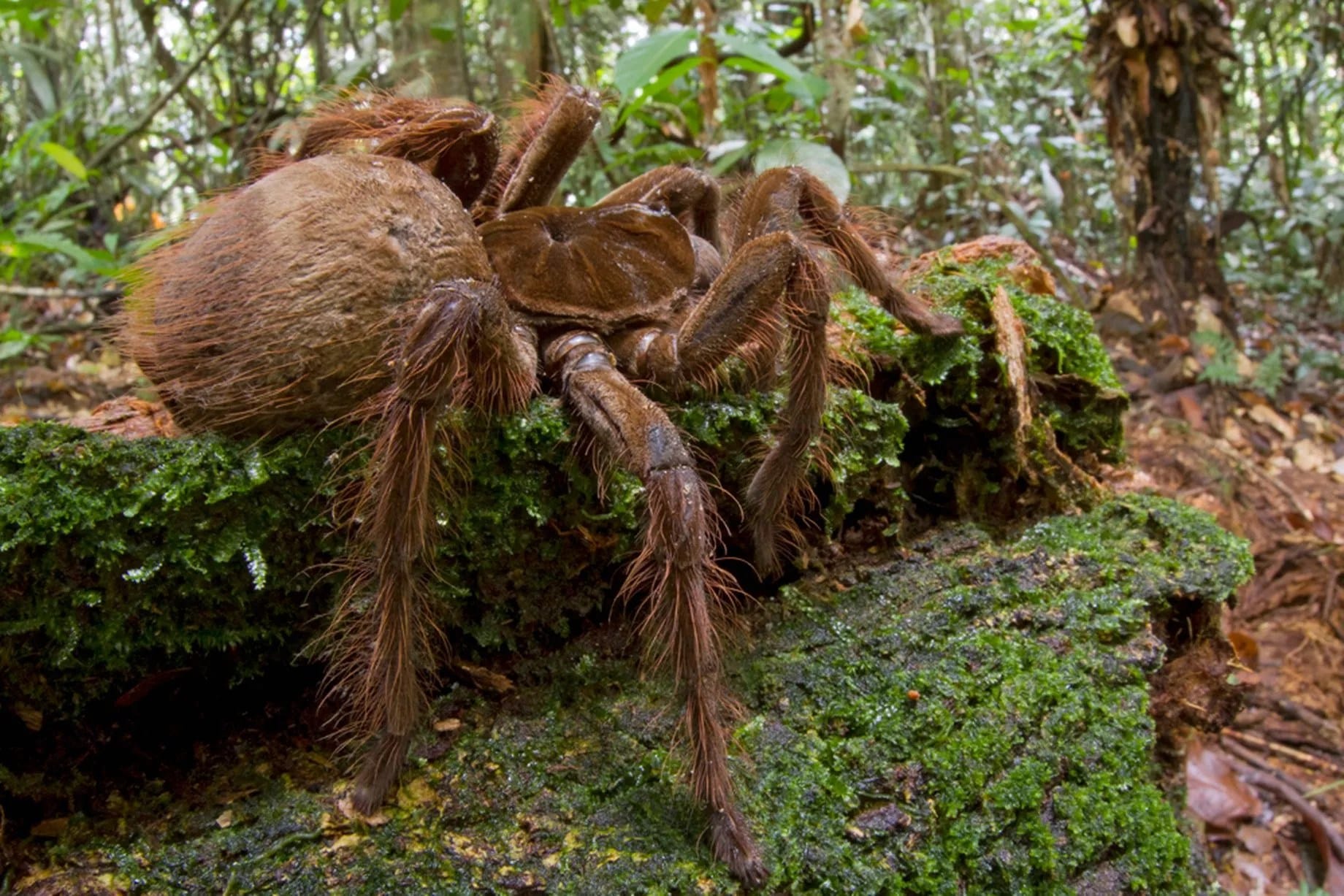
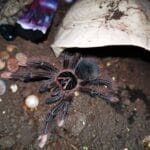
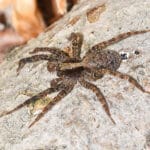
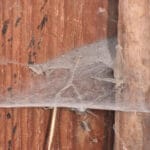

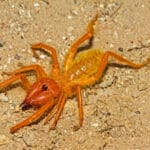
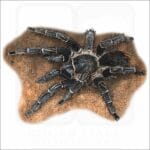










1 thought on “The Truth About Bird Spiders: Debunking Myths and Unveiling Their World”
Comments are closed.